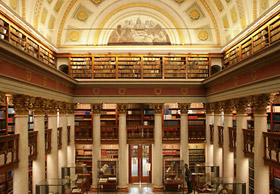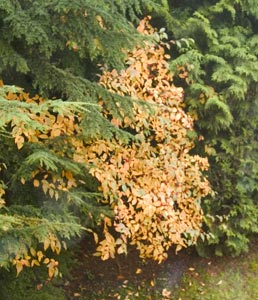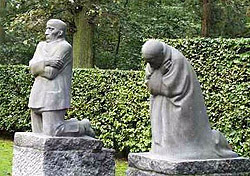Winter Story 2005
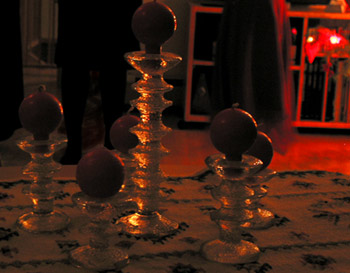
We had a wonderful Christmas Eve in the Finnish tradition with dinner, carols and Santa’s visit. Our oldest daughter and her partner surprised us by arriving from out of town and joining us after all. We were nine around the table with our daughters, their partners and the two grand-daughters (baby Niamh being #10, being held in someone’s arms in turns, sleeping contentedly).
We want to share our delight with this gift from our five-year old grand-daughter and her family: Lael’s Winter Story 2005. Lael made up the story and did the drawings on the computer, and her daddy took them into Flash to create this wonderful animation.
If you enjoyed this, have a look at Winter Story 2004 and Winter 2003!
Hope you are having a Wonderful Day!
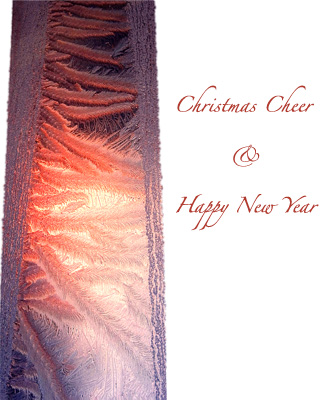



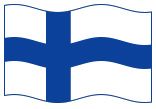
 decem for “ten”. December was the tenth month in the Roman calendar until a monthless winter period was divided between January and February, according to
decem for “ten”. December was the tenth month in the Roman calendar until a monthless winter period was divided between January and February, according to 